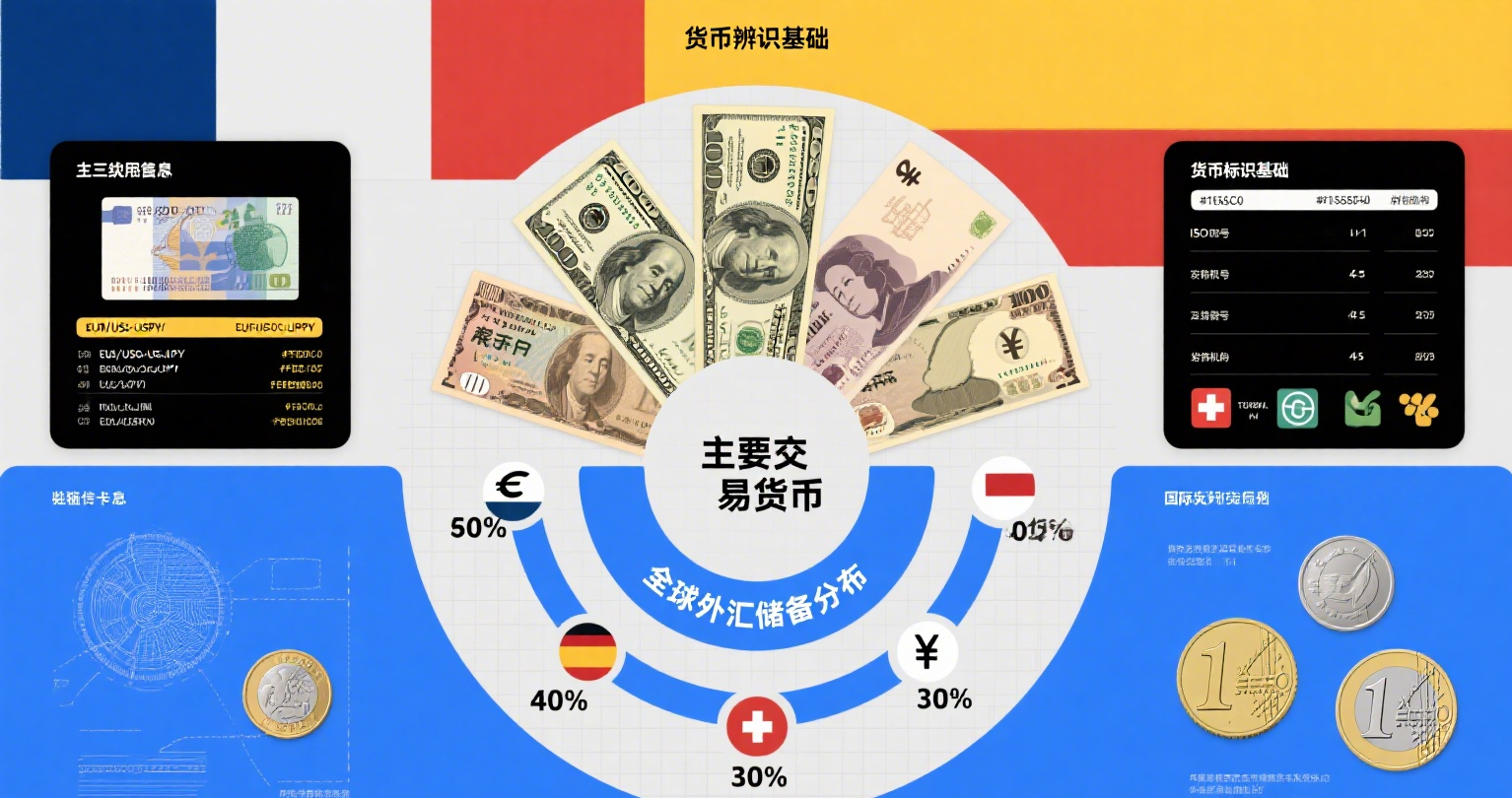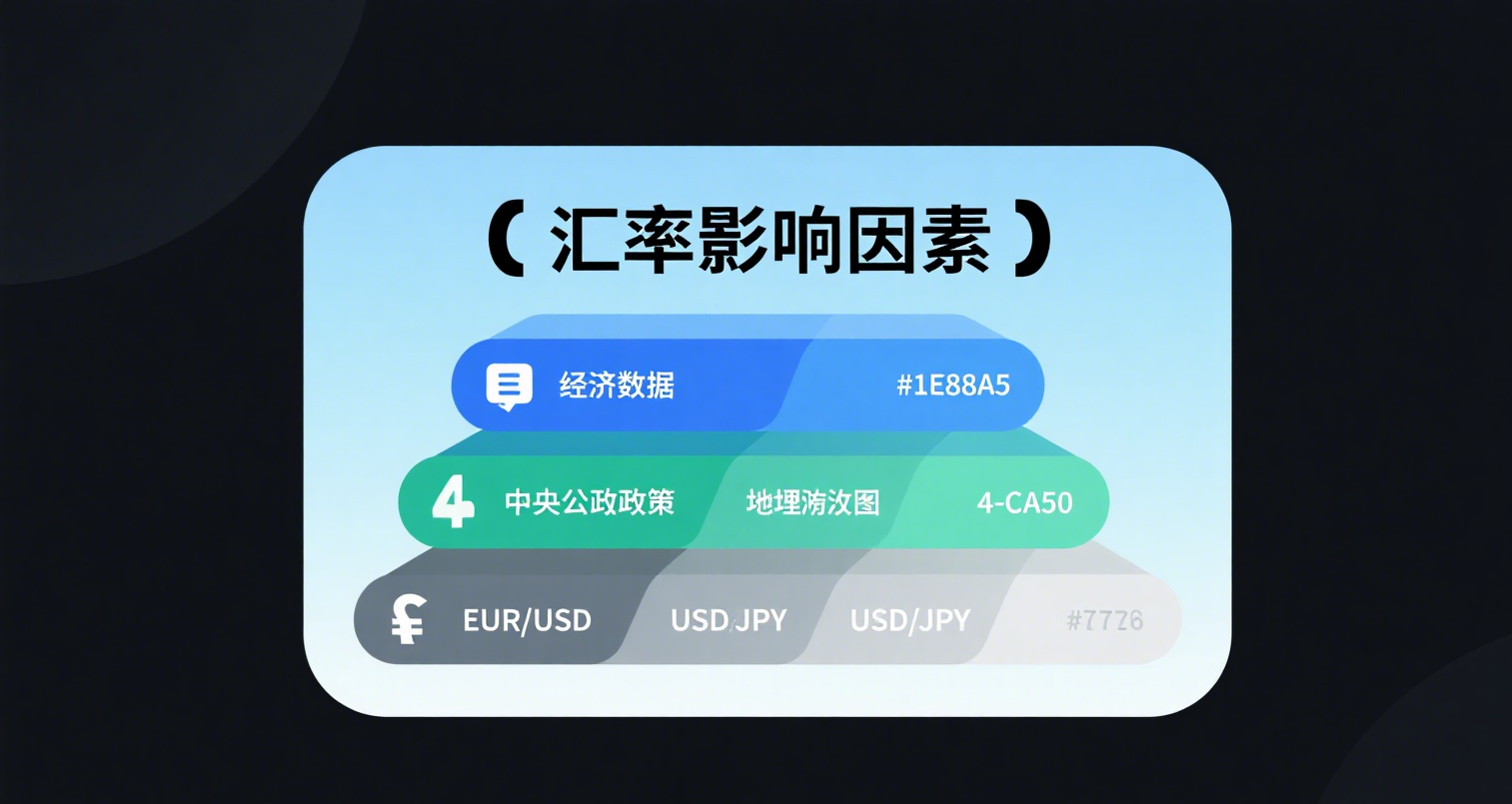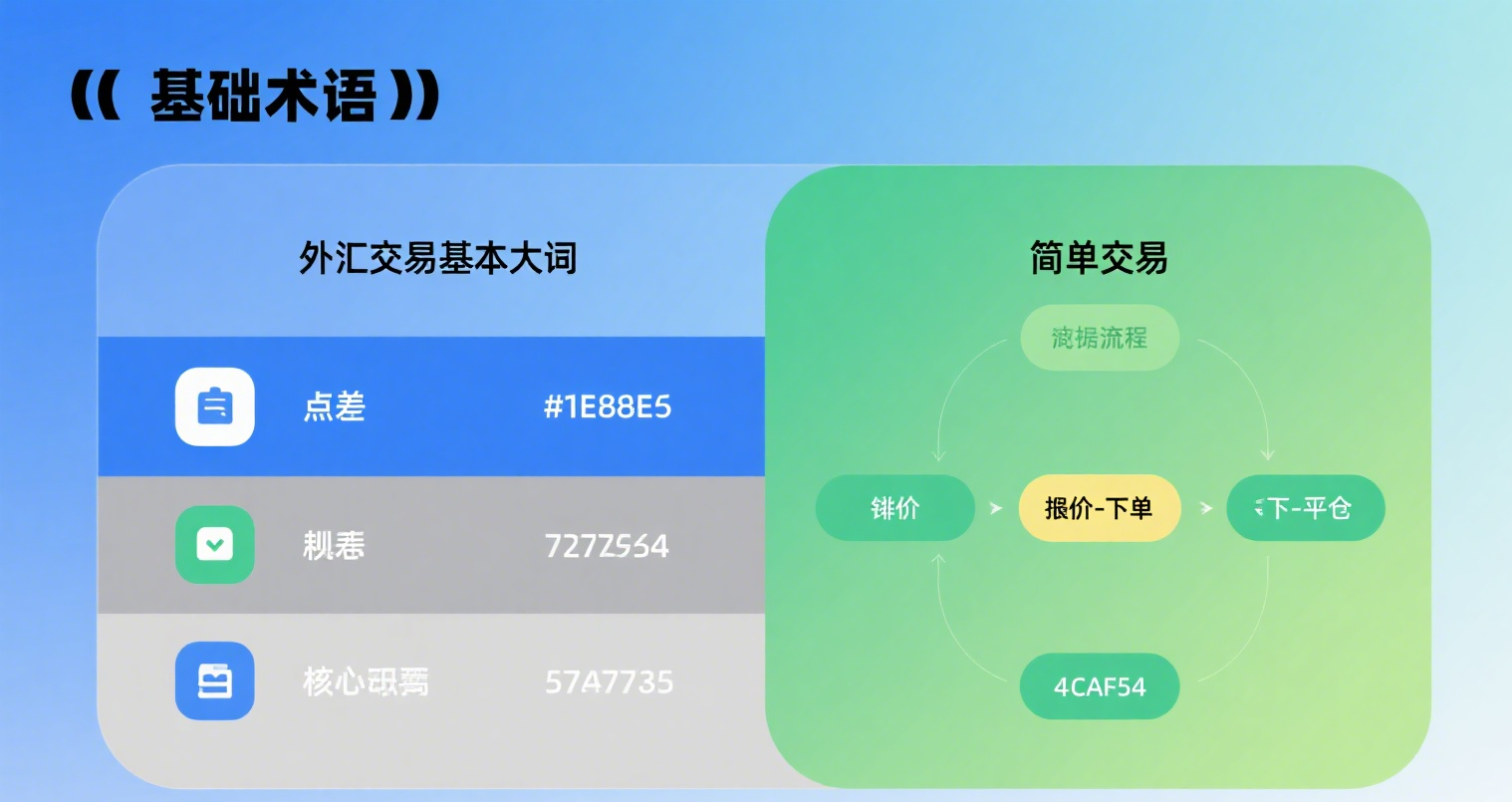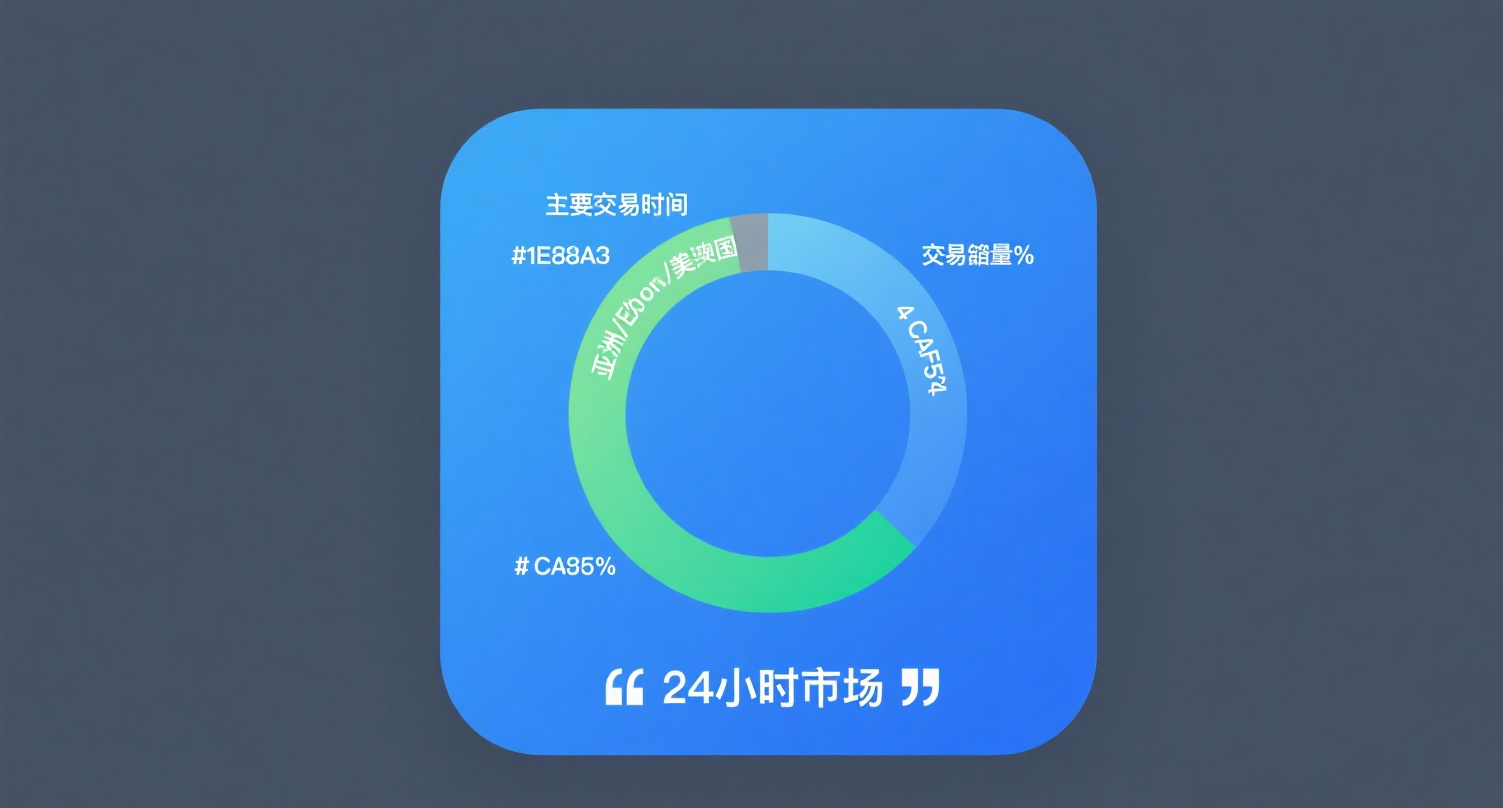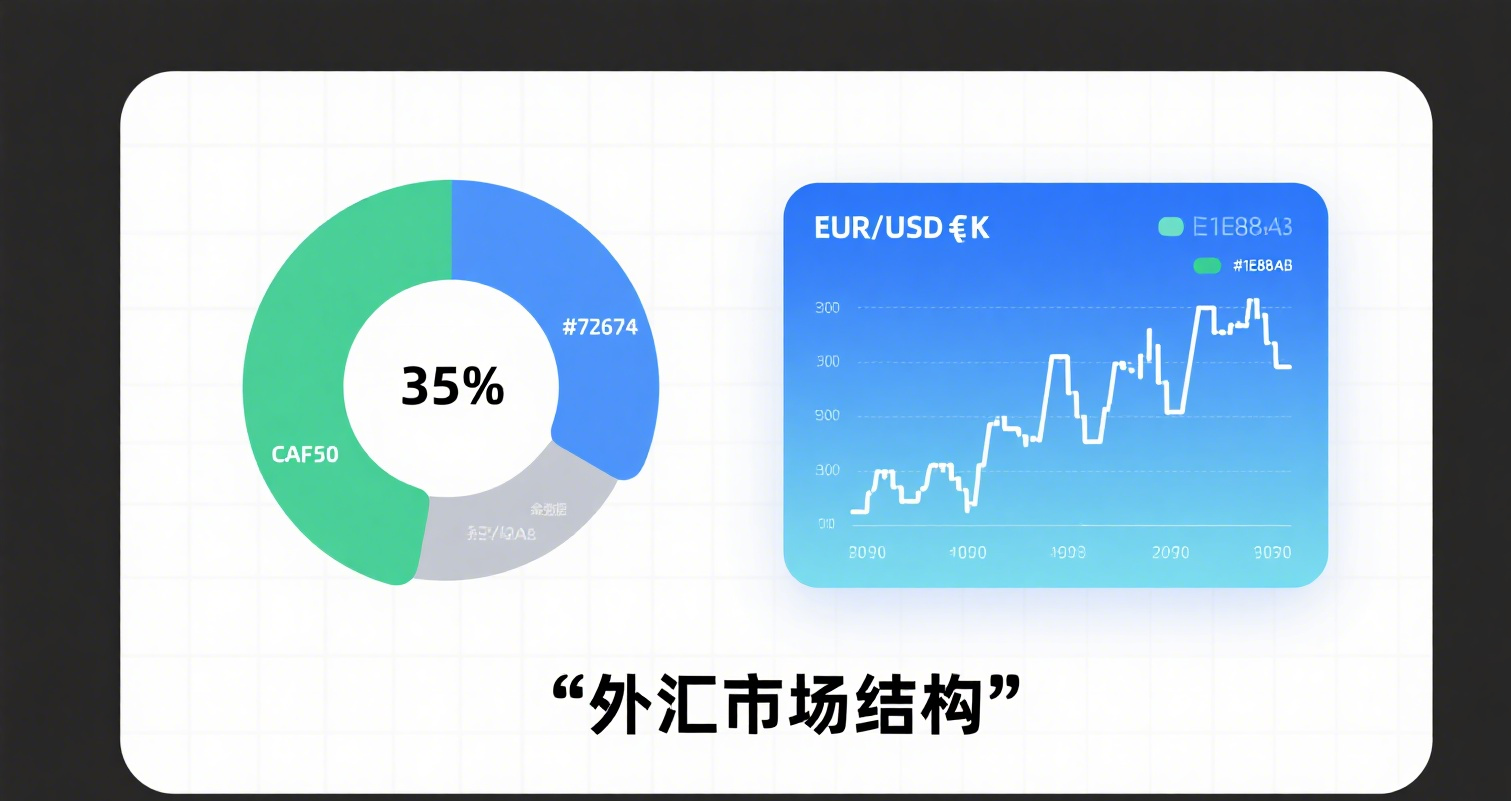
Supply-Side Reform: Can It Trigger Another Bull Market?
I. Why Did the 2015 Supply-Side Reform Produce Super Bull Stocks?
The supply-side reform a decade ago created many bull stocks:
In 2015, when supply-side capacity reduction was proposed, cement prices were falling. The real price surge occurred in 2016–2017. Was it due to the supply-side reform eliminating excess capacity? Or would these overcapacities have naturally shut down due to falling market prices? Was it a government-mandated shutdown or a market-driven adjustment?
At 220 yuan per ton, most cement companies would shut down even without supply-side reform. If prices are low enough, overcapacity will inevitably be phased out. So, is supply-side reform a necessary condition for eliminating excess capacity? Or is a sufficiently low price the real prerequisite?
Whether or not supply-side reform exists, overcapacity will shut down if prices are low enough—companies can’t sustain losses forever. Another question is: After eliminating excess capacity, will product prices necessarily rise? And will this lead to a surge in corporate earnings, driving stock prices higher?
II. Capacity Reduction Has Little to Do with Strong Earnings
Cement prices surged only after 2017, driven by the shantytown renovation policy and a real estate recovery, which boosted commercial housing sales and pushed cement prices from 200+ to 400+, stabilizing at 400–500 for years. The earnings surge of cement stocks then drove their share prices up. In other words, capacity reduction is triggered by severe losses due to plunging prices. A price surge must stem from surging demand—without strong demand, post-capacity-cut prices can only reach breakeven levels.
III. Capacity Reduction Stabilizes Prices, but Demand Surge Is Needed for Major Price Increases
Currently, many solar companies are suffering heavy losses, and their capacity will inevitably be phased out by the market—with or without supply-side reform. Steel is near breakeven, making capacity cuts difficult; pork prices are slightly below cost, making cuts extremely hard (after huge profits last year, firms still have cash reserves). Cement prices remain around 320, with many firms still profitable—so how can capacity be reduced?
The pork industry is dominated by private firms, making forced capacity cuts impossible. Steel is mainly state-owned, allowing administrative orders to cut capacity, but without a real estate recovery, how can steel and cement prices rebound?
Conclusion: This round of supply-side reform can only eliminate excess capacity, with the best outcome being price stabilization and reduced corporate losses. If product prices (e.g., cement, coal) remain highly profitable, capacity reduction will be very difficult!
In the last supply-side reform, plunging prices forced companies to stop production, and capacity cuts were market-driven. Then, the shantytown renovation policy created massive real estate demand (2018–2020 housing prices doubled), leading to a natural surge in upstream raw material prices.
When will real estate recover this time? When will product prices rebound?







